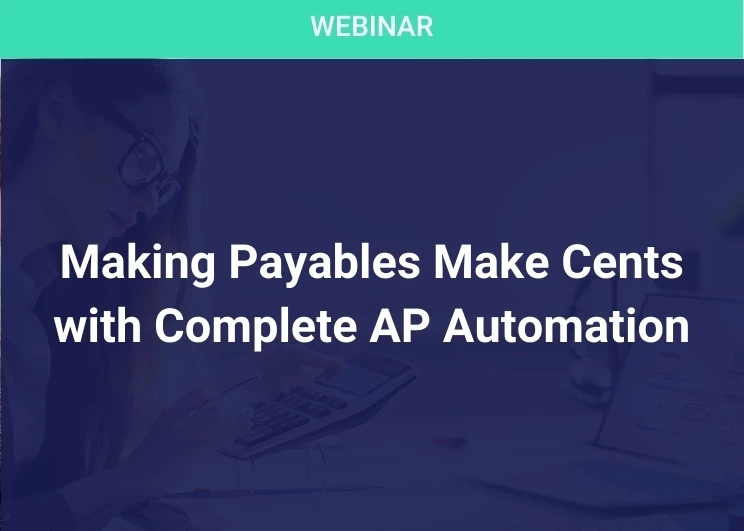7 Procurement Outsourcing Myths, Demystified
Add bookmark
SSON speaks with Satyen Pathak, Subhonil Ghoshal, Upendra Rabadia, Procurement Practice Genpact
Procurement outsourcing lends itself to some common misconceptions. As a result, there are gaps in customer expectations and the results delivered. The true value of procurement outsourcing is therefore not realized in the absence of a clear procurement strategy, says Satyen Pathak, Vice President and procurement leader at Genpact..
Myth 1 – The majority of savings are from labor arbitrage
Labor arbitrage does contribute to savings, but PO service providers also help customers by driving significant cost-outs, especially in tail-end spending which is largely unmanaged due to inadequate staff resources. Additionally, service providers can consolidate and standardize processes, unlocking opportunities for scalability.
Myth 2 – Procurement outsourcing delivers savings by price reductions alone
Price reductions through negotiating with suppliers do contribute significantly to savings. However, "non-price levers" also contribute to reducing costs. "Non price levers" are based on repeatable and compliant processes and metrics that reflect performance across the entire source-to-pay process. Adherence to compliance guidelines, effective demand management and rationalization of specifications across an organization help lower costs. Non-compliance to contracts, using non preferred-suppliers, and not ordering from catalogs can result in contracted savings losses as high as 30-40%.
Myth 3 - Direct procurement functions cannot be outsourced
While functions such as vendor development and vendor relationship management may need to stay with the customer organization, a considerable number of direct procurement support activities have been decoupled and outsourced. Functions including demand planning and forecasting, spend analytics, commodity price tracking and transactional purchasing have all been successfully outsourced over the years.
Myth 4 - Procurement outsourcing results in a loss of control in strategy and processes
In most successful PO engagements, procurement vendors are well integrated and act as virtual extensions of a customer’s procurement functions - from the adoption of strategic goals to the operational culture. The customer, therefore, continues to exercise full control over all aspects of the procurement function with the vendor. Key steps in reinforcing "positive control" by customers in an outsourcing engagement are:
- Careful identification of sub-processes and categories to be outsourced and retained
- Robust transition project management, effective governance and change-management
- Appropriate service levels and metrics linked to business outcomes
Myth 5 - New technology platforms are essential to success
Depending on the process-maturity of a procurement function, using existing technology along with implementing incremental software changes obviates the need for a completely new platform. Typically, customers have already implemented ERP platforms, which may have sub-optimal utilization rates. While certain sub-processes, such as contract workflow or eRFX, may require tools to drive compliance to effectively increase spend management, they do not necessarily require expensive system implementations. A number of cost-effective Software-As-A-Service products that are available for adoption during transition can be used.
Myth 6 - It’s all about outsourcing low-end transactional activities
The PO landscape is shifting away from the transactional "Accounts Payable" to a more strategic focus on a "Source-to-Pay" framework. While PO began as a low-end transactional activity, high value work such spend-analytics, sourcing, contract-lifecycle management and vendor relationship management are being outsourced in more mature outsourcing relationships. PO vendors are now being deployed for sourcing and transactional procurement together, in order to derive the benefits of end-to-end process integration.
Myth 7 - Internal stakeholder satisfaction and supplier-relationships are adversely impacted
Most mature procurement relationships have governance structures that effectively mitigate dissatisfaction with internal stakeholders and suppliers. Customer organizations use transparent frameworks e.g. "Procurement Helpdesk" with an escalation mechanism, to resolve issues with the outsourced procurement organization to head off and resolve potential conflicts. Additionally, customer procurement organizations can monitor stakeholder satisfaction metrics and ensure quick intervention when issues are escalated.
©2009 Genpact. All Rights Reserved.





















